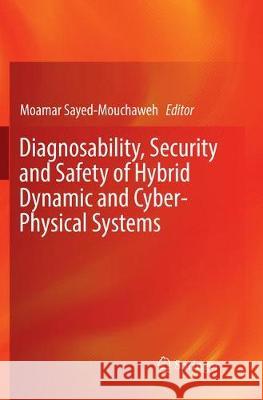Diagnosability, Security and Safety of Hybrid Dynamic and Cyber-Physical Systems » książka
topmenu
Diagnosability, Security and Safety of Hybrid Dynamic and Cyber-Physical Systems
ISBN-13: 9783030091149 / Angielski / Miękka / 2018 / 327 str.
Kategorie:
Kategorie BISAC:
Wydawca:
Springer
Język:
Angielski
ISBN-13:
9783030091149
Rok wydania:
2018
Wydanie:
Softcover Repri
Ilość stron:
327
Waga:
0.45 kg
Wymiary:
23.11 x 23.11 x 1.78
Oprawa:
Miękka
Wolumenów:
01











